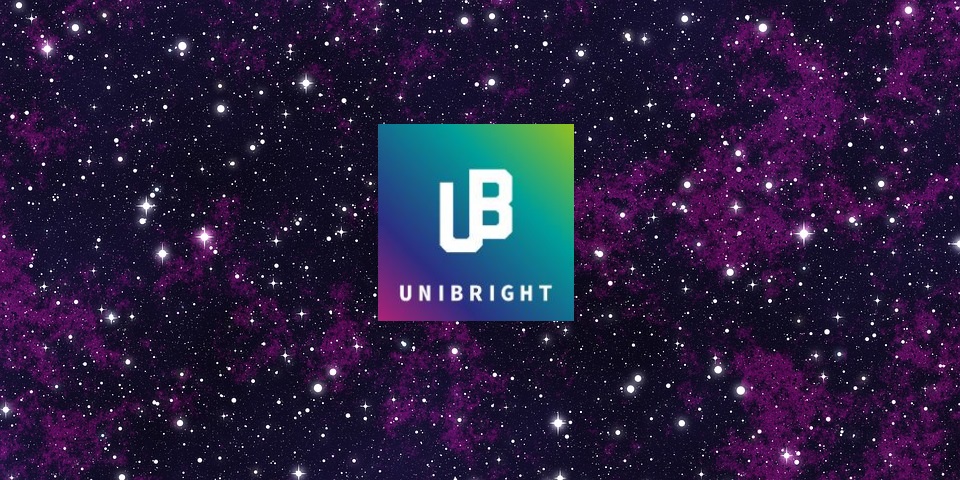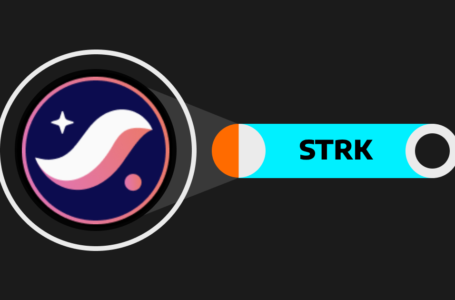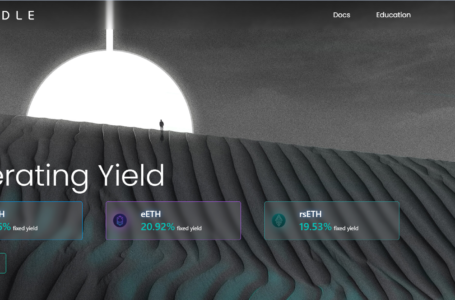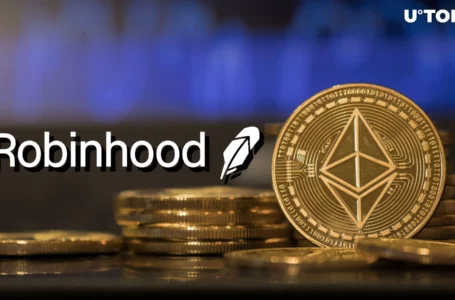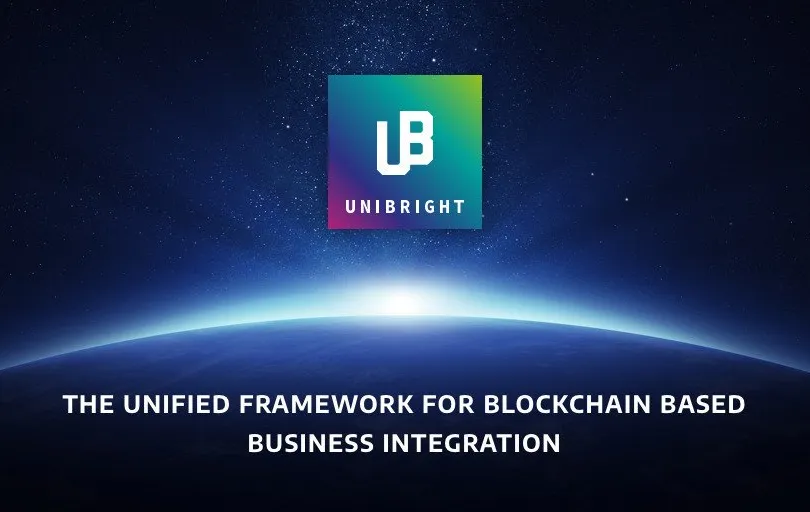
Unibright calls itself a unified framework for business integration based on the blockchain. To set it apart from other blockchain-based projects, the German company behind Unibright already has over 20 years of experience and a working solution, along with existing customers and partners. Those current clients include big names, such as Shell, Lufthansa, Samsung, Unilever, and Siemens.
What Is the Goal of Unibright?
With the Unibright Framework, the team hopes to make it possible for companies to take advantage of the blockchain without struggling to get a deep understanding of the system. Members feel this is necessary because while many companies are interested in blockchain technology and its real-world applications, few know how to harness it. Unibright will make it simple to integrate that blockchain technology with a company’s existing business. The platform is based on templates and generates everything automatically, cutting out the confusion.
What Problems Does Unibright Aim to Resolve?
One of the biggest issues Unibright is working to resolve is the fact that there are few blockchain developers, making those experts expensive, paired with the complexity of smart contracts that makes any bug critical, requiring developers on hand. The platform’s solution is the Unibright Visual Workflow Designer that lets anyone create powerful solutions based on the blockchain without hiring an expensive developer or getting coding skills. Instead of using coding to define business integration workflows, it is done visually.
Another problem is the difficulty associated with updating and deploying smart contracts on different blockchains. The relevant solution for this issue is the Unibright Contract Lifecycle Manager, which turns visually designed workflows into code that is platform dependent by pressing a button. The system automatically generates a set of smart contracts for whichever blockchain is most appropriate.
Unibright additionally tackles the lack of understanding by companies as to how to parse blockchain data into something their customers and employees can use. This is taken care of by Unibright Explorer, which monitors ongoing business processes on the smart contracts and related systems. It presents the data from on and off the chain in a useful and intuitive dashboard.
Finally, Unibright works to resolve the issues with teams integrating the blockchain into existing IT/ERP systems. This is possible via Unibright Connector, which connects the existing IT landscape to different smart contracts and blockchains via predefined smart adapters.
Between the Unibright Visual Workflow Designer, Unibright Contract Lifecycle manager, Unibright Explorer, and Unibright Connector, the project can resolve all these issues and more.
What Are Some Use Cases for Unibright?
To make deployment and adoption of Unibright seamless for companies, team members have already developed nine templates for use cases that they view as the most common. There are even more in the works. They involve multiparty approval, batch tracing, asset lifecycles, requests for quotation, monitoring of shipping processes, releasing invoices, new hires, processing insurance claims, and project payment that is milestone based. You can view any of these use cases in more detail on the Unibright website or in the project white paper.
What Is UBT, and When Is the ICO?
The Unibright Token, UBT, is a utility token that is ERC20 compatible and fuels the platform. The ICO will begin on April 20 and last until May 10 or when all tokens have been sold, whichever happens first. The minimum contribution during the ICO will be 100 UBT, which are priced at $0.14 USD and can be purchased via ETH or BTC with a direct transfer or via ShapeShift with other cryptocurrencies. The first half of tokens sold will come with bonuses. The token sale will include 67 percent of existing Unibright tokens, 100.5 million of the total 150 million.
Nine percent of the tokens will be sold to seed investors and 6 percent are allocated for token sale and legal expenses, 12 percent for the cold storage liquidity reserve, and 6 percent for the team.
What Is the Unibright History?
The roadmap for Unibright began all the way back in 1989, when SPO Consulting GmbH, Germany began providing SAP-related solutions for software to global clients such as Siemens, Samsung, and Lufthansa. This initial period of SAP solutions lasted until 2000. When Web 2.0 arrived in 2000, the company developed SAP Enterprise Portals along with Full-Stack .NET applications, so customers could use Web 2.0 advances in their IT landscape. That stage lasted until 2010.
In 2011, the company launched its own SPO Process Integration Platform, which was cloud based to support business processes for the major players in manufacturing and banking. It moved to Microsoft Azure in 2016.
When Did Unibright Incorporate the Blockchain, and What Does the Roadmap Look Like?
In 2016, the top management saw a strategic expansion and decided to begin a spinoff for the Research and Development team on the blockchain along with workflow technologies, specifically focusing on Ethereum. Unibright launched in Q2 of 2017, which is when the team defined the Unibright Contract Interface and the Unibright Smart Contract Lifecycle. This quarter saw prototypes for Connector for SAP and Ethereum, Explorer, Lifecycle Manager, and Workflow Designer.
In Q4 of 2017, the project partnered with Ambisafe and Iconiqlabs to get ready for the token launch, set up the business, and sign contracts with the seed investors. Q1 saw the working version of the Unibright Connector for SAP integration with Ethereum, plus a prototype of the Connector for JAVA and .NET connecting to legacy systems.
Now in Q2 of 2018, Unibright is launching the first working versions of Explorer, Workflow Designer, and Lifecycle Manager, all of which are ready for internal use with SAP and Ethereum. Q3 will see additional workflow templates and smart code generation for various blockchains. Q4 will have beta versions of those tools, QA testing, and the first pilot customers using the full Unibright Framework. The product will be ready in 2019.
Final Word
Unibright offers an intuitive way for existing businesses to take advantage of blockchain technology without having to learn to code or hire a blockchain developer. While plans for similar platforms exist, Unibright already has a working product and decades of experience in related fields that should give it a competitive edge. It already has a long list of templates for automatic generation of blockchain integration with more to come, expanding the usefulness of the platform in the future.
